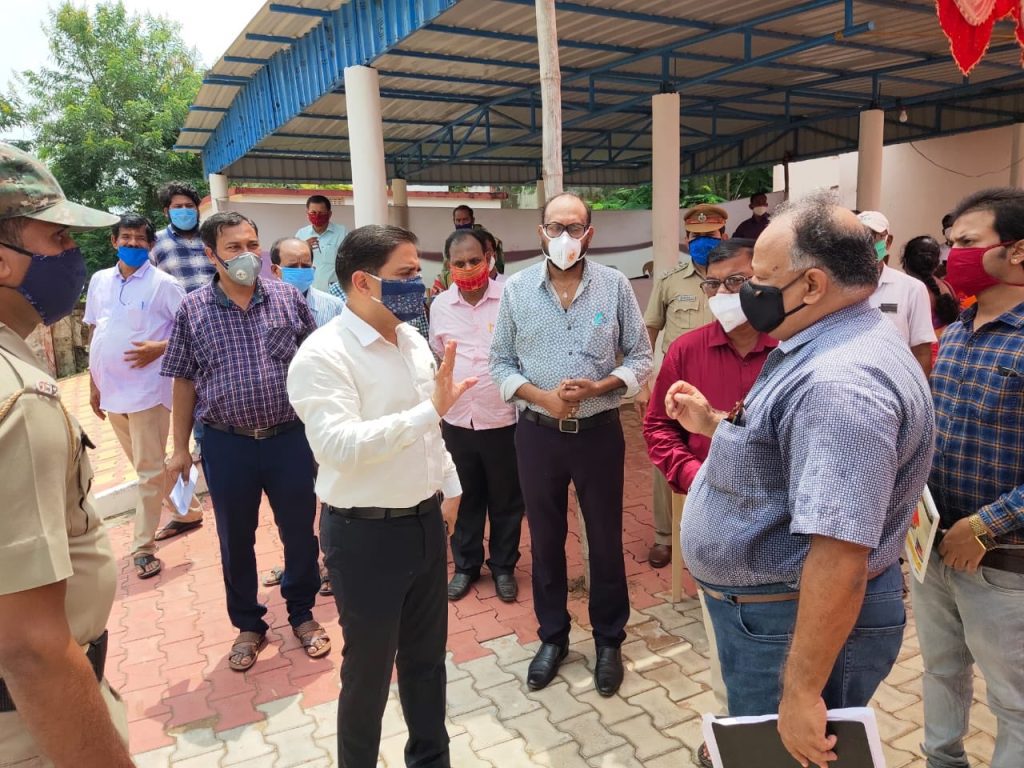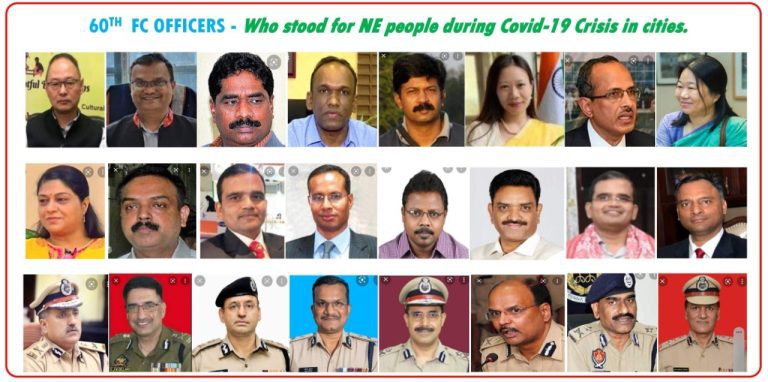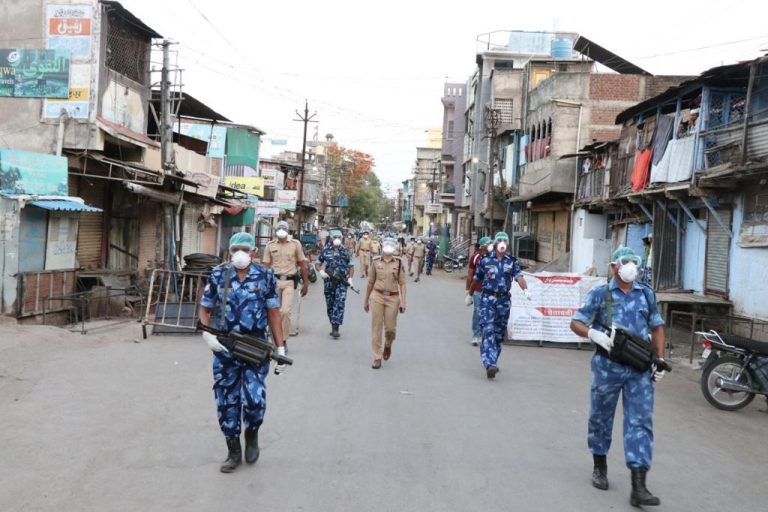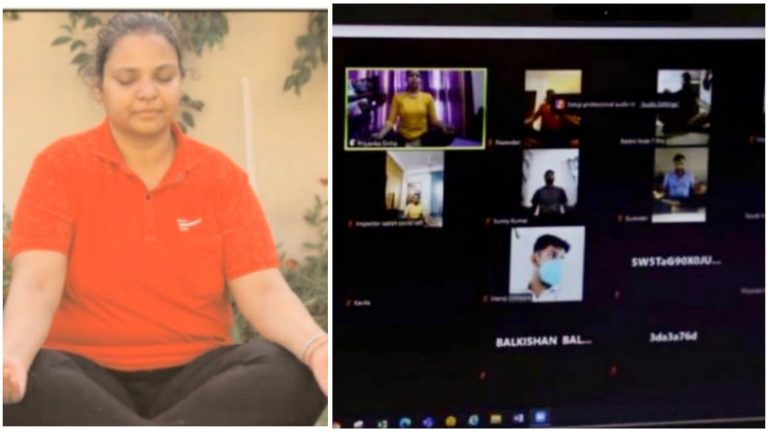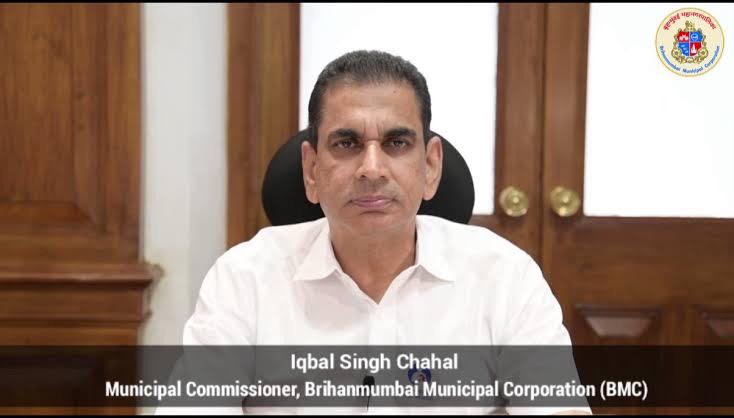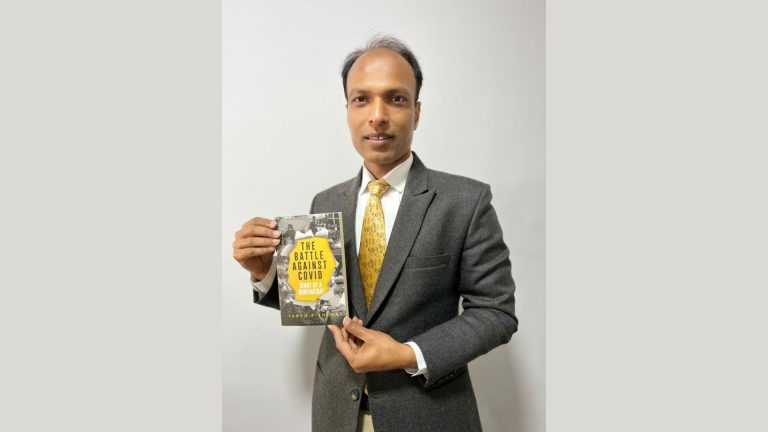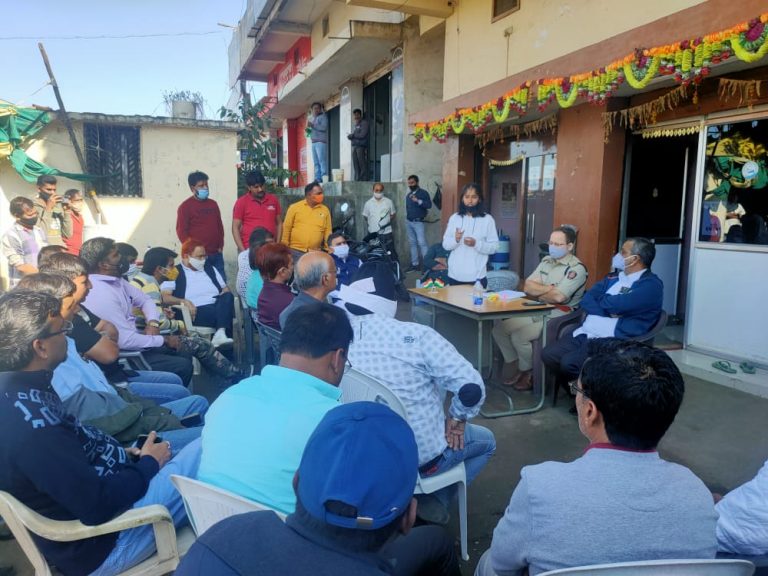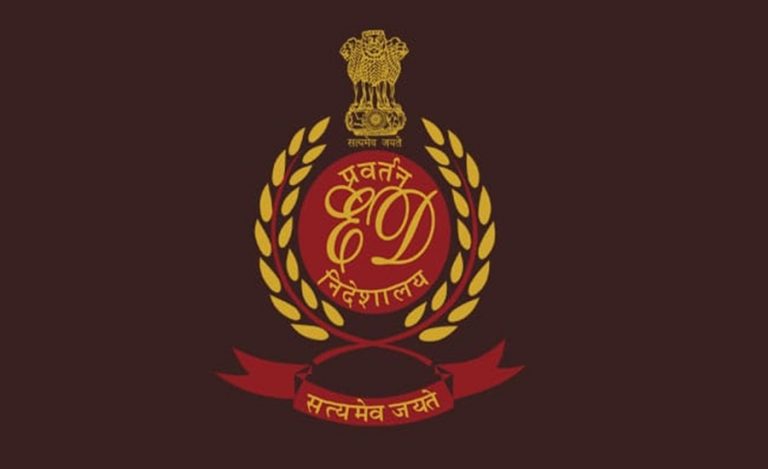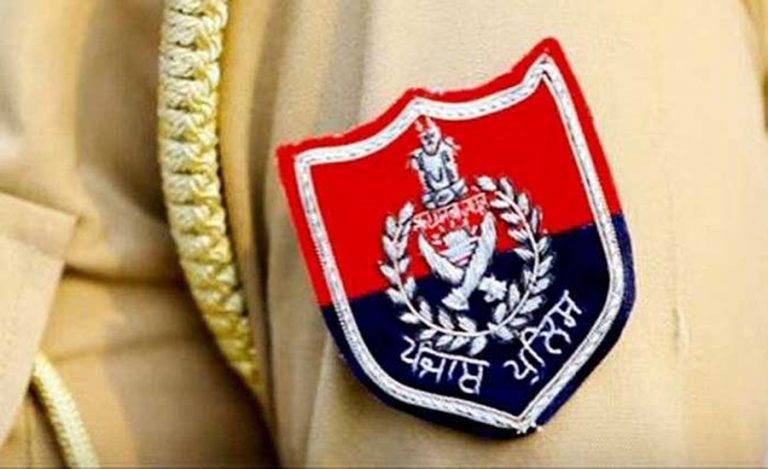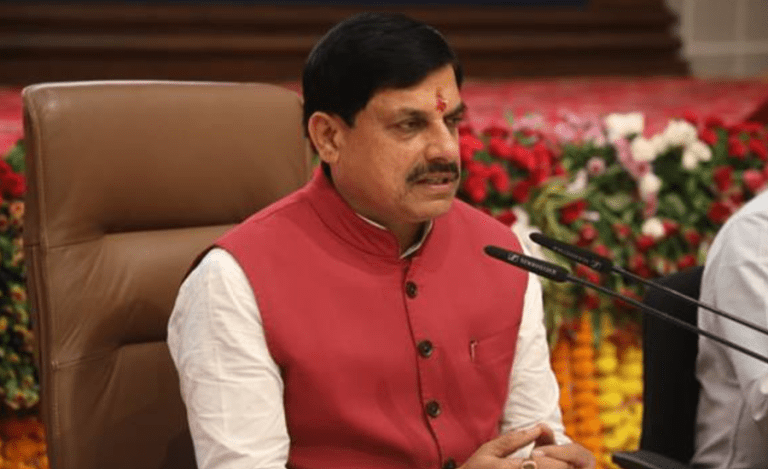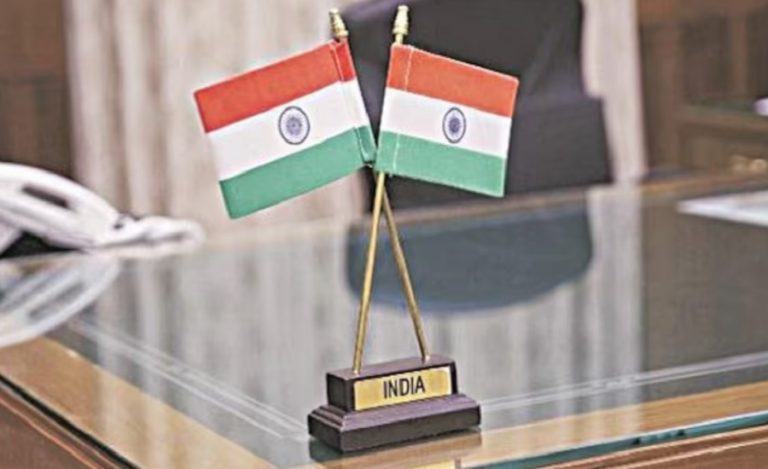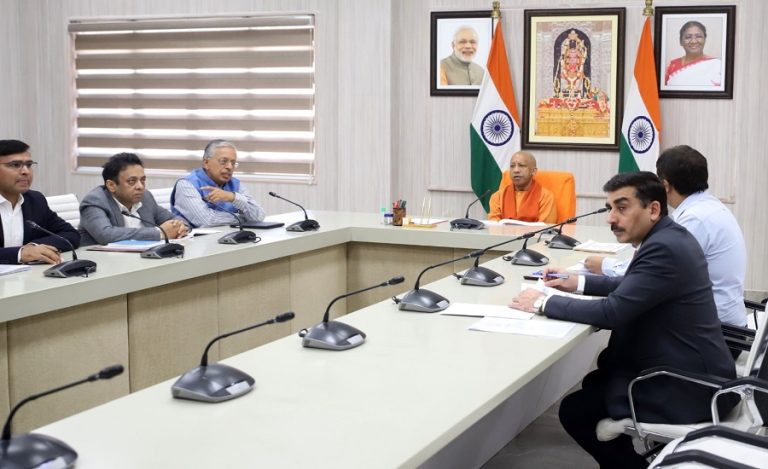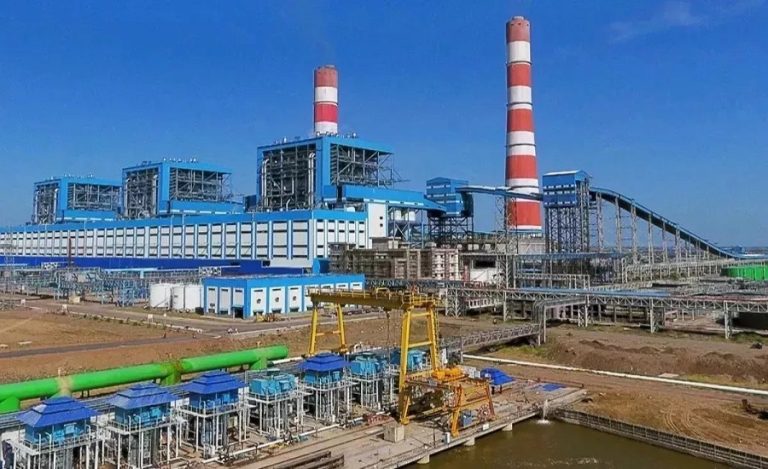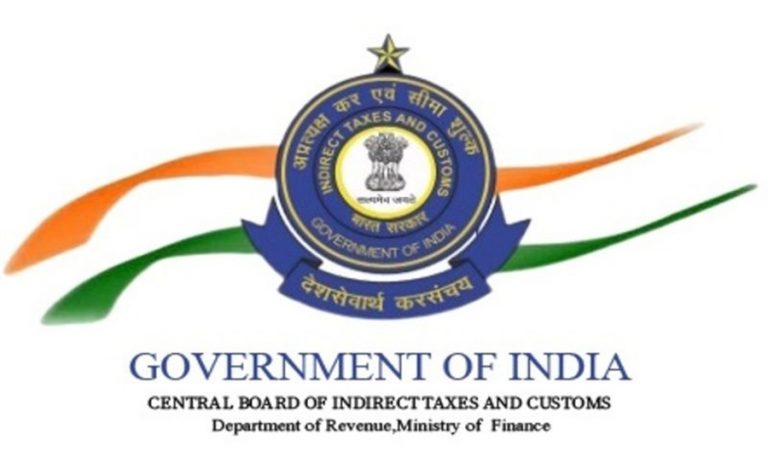With the onset of Covid 19 pandemic in India, some districts went out of the way and did exemplary work in curbing the rising positive cases. Somewhat, this pandemic also created an opportunity for such districts to outshine and get recognized in the country. Bhilwara and Kasaragod were the two models which became an example for other districts and their methods of curbing the pandemic was also being replicated in many other areas.
Not known to many, the Ganjam district in Odisha also became an exception, as it laid precautionary measures even before any other district in the country. On March 15, the Ganjam administration promulgated section 144 of CrPCin the district, even before the first lockdown was announced by the Government of India. It was also the first district to enforce compulsory wearing of masks, with a fine of Rs. 200 for every violation.
In an exclusive interview with Indian Masterminds, District Collector of Ganjam, Mr. Vijay Amruta Kulange explained how they managed to deal with an influx of 4.3 lakh migrant workers by adopting the model of “Active Participation of Community”.
PREPARING FOR THE WORST
As soon as the Covid cases started spreading in India, Ganjam’s protocol was to hope for the best while preparing for the worst. Initially, the administration adopted a two-fold strategy – to spread awareness among the people about to revamp the health infrastructure in the district.
Mr. Vijay said, “All the Tahsildars of the district were declared as Incident Commanders under Epidemic Diseases Act for the first time. A 200-bed COVID hospital with 50 ICU beds was prepared in just 15 days. Procurement of IR thermometers, PPE kits, Ventilators, Oximeters, and other medical equipment was also completed within 15 days following due procedure. By the end of April, the district was ready with 2200 beds of dedicated COVID Healthcare facilities.”

Combination of Awareness, Enforcement, and Preparation helped Ganjam in remaining COVID free till 1st May 2020.
RETURNING MIGRANTS
A complete lockdown in the country directly affected the labour market due to the unavailability of work. This happened when labourers from various areas started returning back to their home towns and villages. Recognizing this, the Odisha Government took the decision to receive them in an orderly manner and by following Covid 19 protocols.

It was decided to keep the migrants in Temporary Medical Camps (TMCs) or quarantine facilities to isolate them from the rest of the population of the district. However, building TMCs for more than 3 lakh migrants wasn’t an easy task and required cooperation from the grass-root level. Mr. Vijay recalled “All `sarpanches’ were delegated the powers of the DC under the Disaster Management Act by the state government. This not only reduced the burden of our officials but also motivated the public representatives to participate in the fight against coronavirus.”

In a period of 60 days, around 2.5 lakh migrants entered the Ganjam district by 350 special Shramik trains, as also by 973 buses and other modes of transportation, making it one of the biggest such migration in India. On one particular day, the district administration successfully handled 17 trains arriving with 25,000 people.
MANAGEMENT OF POSITIVE CASES
With the influx of migrants returning from hotspots like Surat, Mumbai and Chennai, the Odisha government decided that these migrants would be registered and housed in the temporary medical camps (TMCs). `Sarpanches’ were put in charge of the overall management of TMCs and they were supported by teachers, Anganwadi Workers, and Health Staff for round the clock supervision. A 14-day institutional quarantine was compulsory for every returnee.

As many migrant Odias came from various hotspots, gradually symptomatic testing was started in these TMCs. Hence, many positive cases started coming up from May 2. Robust testing, referrals, treatment, and the post-recovery protocol was put in place to control the pandemic. As soon as a symptom was observed, the person was instantly isolated in Isolation rooms. If the result was positive, the person was immediately transferred to a Covid Care Centre with the help of COVID Ambulance, designed for this particular purpose.

Mr. Vijay said, “Our door-to-door surveys were also conducted successfully. Out of the seven surveys, two were done with oximeters. This created a sense of easiness among the people as they started trusting the health facilities provided by us. Around 11,000 tests used to be conducted on a daily basis and up till now more than 4.5 lakh tests have been recorded in Ganjam district.”

The Ganjam model of fighting Covid 19 can, thus, be explained by how a dedicated civil servant- in this case, Mr. Vijay Amruta Kulange- mobilized resources from all around to fight the virus.

